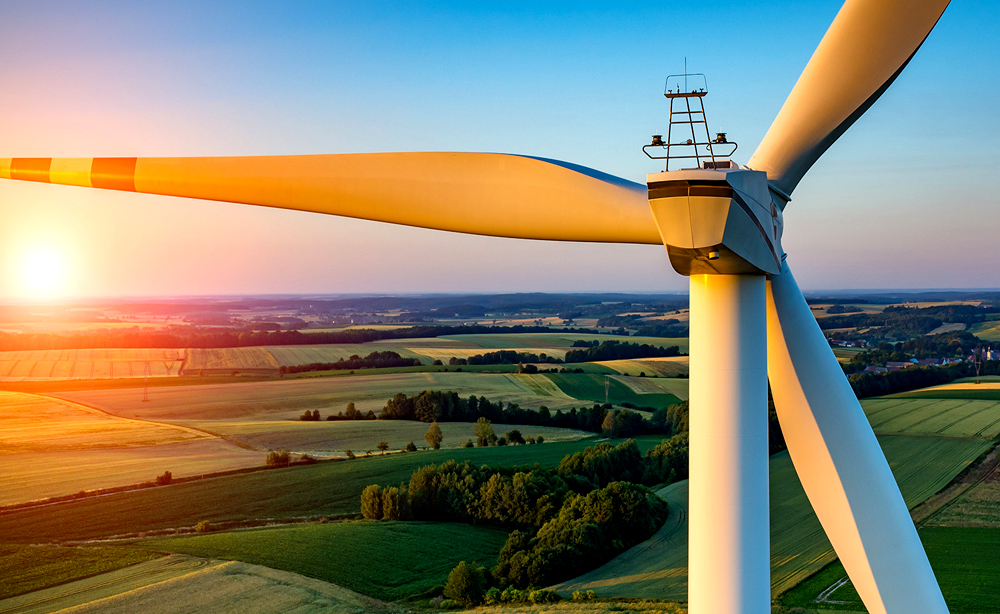Loading

In recent years, the cumulative installed capacity of wind power in the world, including my country, has continued to increase. Correspondingly, the demand for maintenance outside the warranty period has continued to increase, and the daily wind turbine inspection and operation and maintenance business has also increased, bringing continuous and rapid development opportunities to wind power after-market services.
According to industry standards, the typical operating life of a wind turbine is 20-25 years. The warranty period, determined by the OEM, varies from 2-5 years depending on the region and the needs of the owner. This means that as installed capacity continues to grow, owners will face numerous maintenance, repairs, upgrades, and replacements for the 20-plus years of wind turbine operation beyond the warranty period, creating a significant demand for wind power operation and maintenance services. The gearbox is one of the most critical components in a wind turbine, and even months of downtime can result in significant power generation losses for owners. Therefore, shortening maintenance timelines is crucial.
In addition to enhancing operational and management efficiency, various convenient inspection tools can also help shorten maintenance timelines. For example, the industrial endoscope is a practical, highly effective, and non-destructive testing device that can effectively improve efficiency. When inspecting wind turbine gearboxes, the endoscope probe can be inserted into the gearbox to directly observe surface abnormalities such as tooth wear, abrasions, contact fatigue, bending fatigue, broken teeth, shaft misalignment, and curved and uneven surfaces on the display screen. The endoscope tubing can be several meters long, reaching deep into the equipment, reducing the tedious process of disassembly and assembly. An electric or mechanical joystick allows 360° rotation of the probe for comprehensive, unobstructed observation. Inspection results are presented in images, videos, and reports for further analysis and assessment. This data can also be remotely shared with experts or other specialized maintenance personnel for further diagnosis. Through in-depth analysis of images showing wear, cracks, and foreign matter, potential faults can be identified, enabling timely maintenance, eliminating safety hazards, and ensuring the proper functioning of the wind turbine generator set.